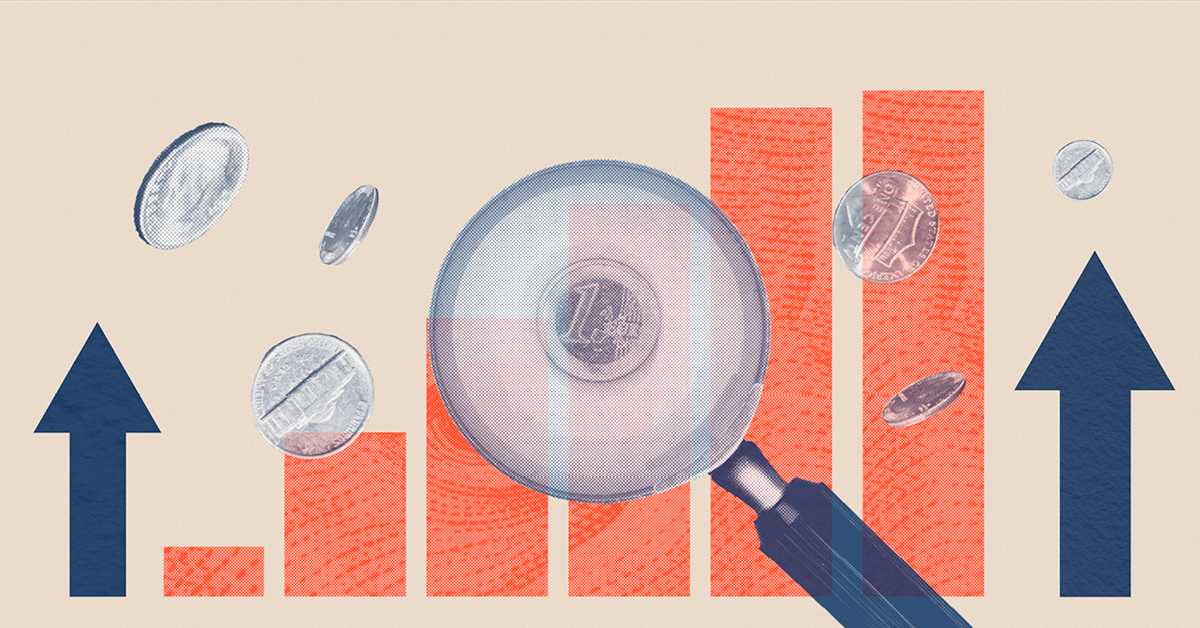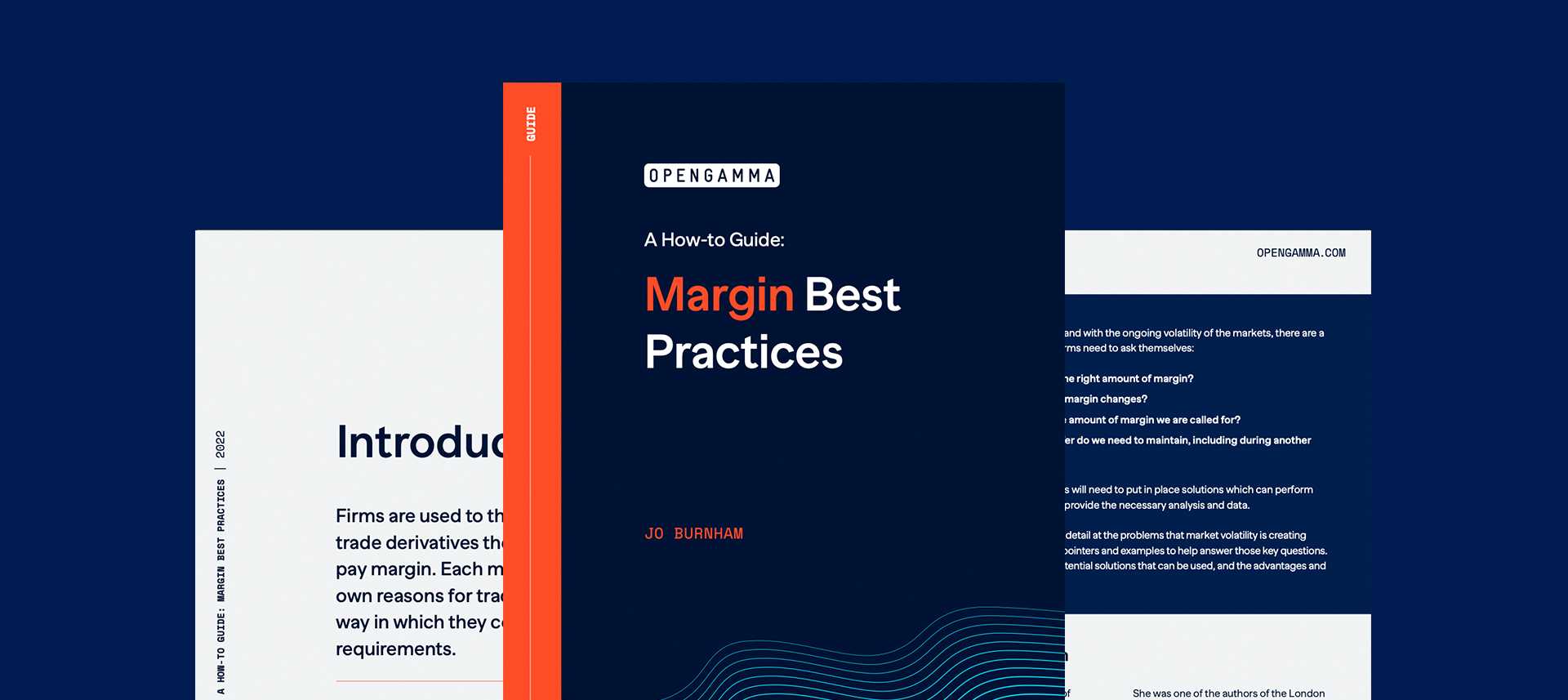It’s going to be a busy time over the next few months. There are changes being made to CCP margin methodologies that will impact firms trading cleared derivatives. And at the same time there are updates to the SIMM algorithm that will need to be taken into account by firms subject to UMR.
So what exactly are the changes, when are they happening and what is likely to be the impact on margin?
Eurex
Eurex are making changes to their Prisma methodology in order to improve the way that it models tail risk. At the moment the algorithm uses Subsampling; in order to ensure that a given day’s price move isn’t included in multiple scenarios within the same VaR calculation they split the scenarios into multiple subsets. If you want to know why they currently do this then google “overlapping returns” – although keeping to the holiday theme, it isn’t really beach reading material!
There are consequences of the current methodology. Breaking the scenarios up and calculating multiple VaRs means that each doesn’t really consist of enough returns to calculate VaR at the required confidence level. Eurex therefore sometimes calculates VaR at a lower confidence interval and then applies a multiplier to bring it up to the required level. This isn’t something that any other CCP does and it makes Prisma more complex. Eurex’s own analysis has also shown that the subsampling can result in higher than required margins.
Eurex have therefore decided that as of 3rd of July they will remove the subsampling and calculate a single VaR. This will reduce the complexity and potentially lead to lower margins. However, at the same time they will be updating the parameters that they use for calculating liquidity charges – the size of position considered large and the likely spread if trying to close it out. Depending on the changes made this could be either a positive or a negative for margin levels.
CME
The time has finally come. CME are ready to start their upgrade from SPAN to SPAN 2 – their VaR based algorithm. This is going to be a major change for impacted firms and a long process to get all the markets cleared by CME moved over to the new methodology. This is the current plan:
- 2023 Q3 (late July -> early September) – Energy Products
- 2024 1H – Equity Products
- 2024 2H – Interest Rate and FX Products
- 2025 2H – Agriculture & Remaining Commodity Products
For the energy products, firms have been given a choice of dates over the summer period when they can migrate to SPAN 2:
- 21st July
- 11th August
- 25th August
- 8th September
We have written before about the likely impact on margin requirements – SPAN to VaR: The Impact on Commodity Margin. (Note the dates have changed since this was published, driven by various factors including the impact of Covid). It is likely that there will be winners and losers, so firms should make every effort to determine how they will be affected and ensure that they have the correct funding in place in advance of the move.
SIMM
Usually the SIMM methodology – the main algorithm used by firms subject to UMR – is updated annually at the end of the year. However, this year ISDA has decided to add a mid-year re-parameterisation with a go live date of 15th July.
The last update to SIMM concentrated on commodity products and had a significant impact on margin requirements for some portfolios. This change is focused on fixed income products and firms who trade these need to be aware that their margin is likely to increase.
It will also be interesting to see if going forward ISDA continues with more regular updates to SIMM. This would bring it in line with CCP methodologies, where for scenario based models like SPAN parameters are changed on a regular basis, whilst VaR based models adjust daily based on new prices and volatilities.
Dates For Your Diary
This all means that there are major changes being made to margin algorithms throughout July (3rd, 15th and 21st) as well as continuing moves to CME SPAN 2 over August and September.
This is in addition to the usual parameter updates that are expected to continue over the summer period, especially with countries still having to raise interest rates in an attempt to calm inflation and the continuing war in Ukraine.
It’s not going to be a quiet summer. Firms can expect their margin to continue to be volatile and predicting requirement levels could be as difficult as predicting whether the sun will shine or your BBQ will be ruined by rain!




